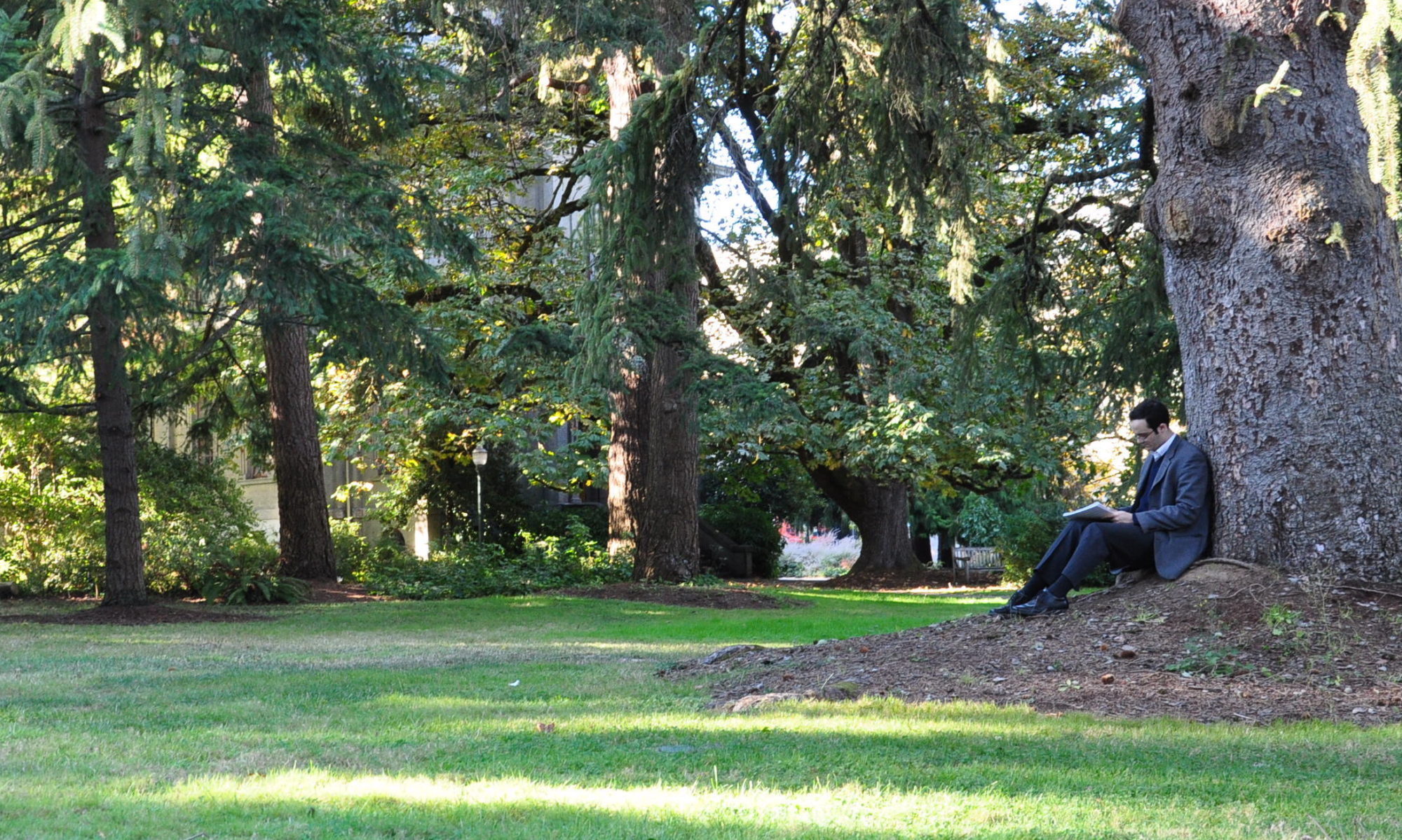Three Milton Sonnets (2017)
John Milton’s Sonnets were written for particular occasions, especially as encomiums to friends. The three I chose to set strike me as his most personal. The first, On the Religious Memory of Mrs. Catherine Thomson, my Christian Friend, Deceased Dec. 16, 1646, beautifully depicts his friend’s death as the soul finding freedom from the body. The second poem describes a vision or dream of his late wife, who had died in childbirth. The apparition is likened to the myth of Alcestis, who was rescued from the underworld by Hercules. It is likely that Milton’s blindness prevented him from ever seeing his second wife, giving special poignancy to the line “her face was veiled”. The third poem, Milton’s most famous sonnet, is about that blindness itself, prompting a moral question: “Doth God expect day labour, light denied?” The final song has two clear sections corresponding to the question and answer, which reflect the songs that have come before. The first section recalls the musical style of the second song, and the second section recalls that of the first.
I followed this set of three sonnets with a set of Shakespeare Sonnets the following year.
Three Milton Sonnets Complete